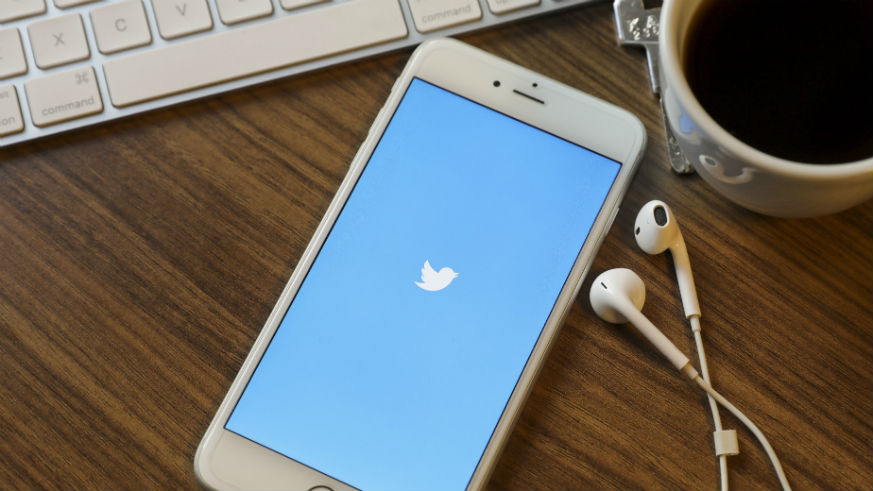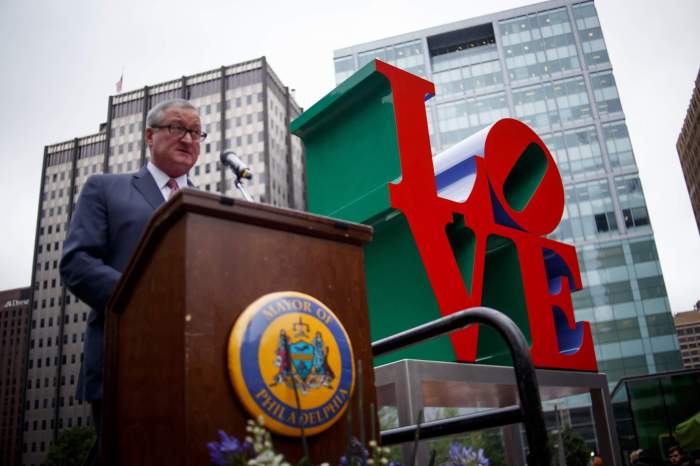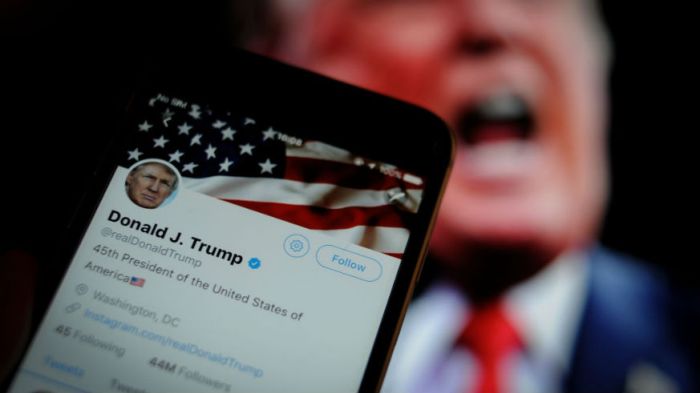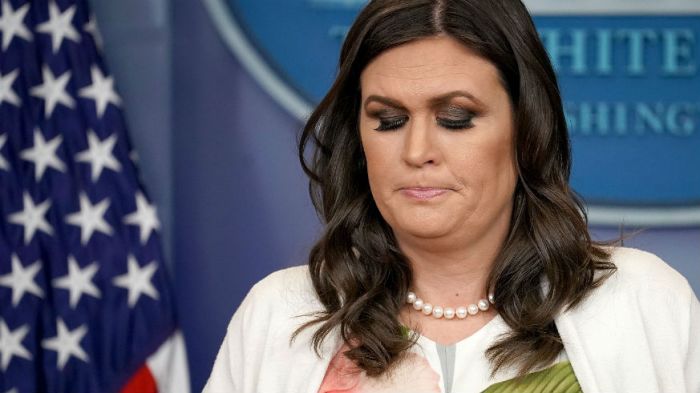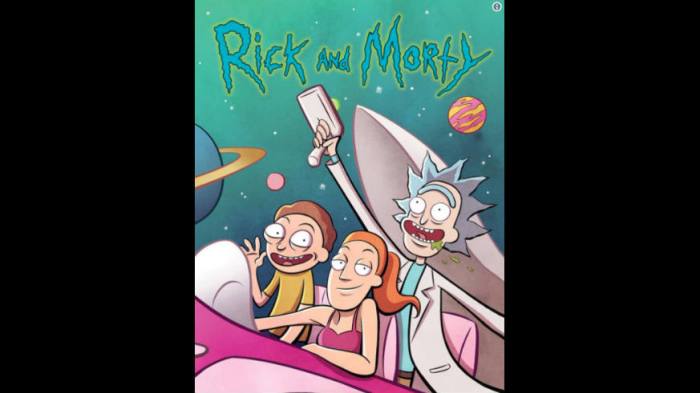Twitter’s CEO Jack Dorsey announced in a live stream Thursday that soon, everyone could receive verification status (aka that little blue check mark by your bio that screams, “Hello, I’m legit!”). Executives from the company said, though, that the check mark system is flawed and needs fixing.
During the live stream, a user commented, “I feel if everyone was verified, it would clean up this platform.”
“The intention is to open verification to everyone,” Dorsey said, according to Quartz. “To do it in a way that is scalable, so we’re not in the way and people can verify for facts about themselves and we don’t have to be the judge and imply any bias on our part.”
A conversation on #health https://t.co/Il8Mtx1JOs
— jack (@jack) March 8, 2018
The Twitter page on verification currently reads, “The blue verified badge on Twitter lets people know that an account of public interest is authentic.” The badges “must be applied by Twitter,” and these accounts typically are “maintained by users in music, acting, fashion, government, politics, religion … and other key interest areas.”
Twitter can also revoke your verification at any time for promoting hate, violence or harm to others.
Wait, wasn’t Twitter verification paused?
Correct! Twitter paused its verification program back in November — the application form has since been taken down — when it verified controversial accounts, one of which belonging to the man who organized the alt-right rally in Charlottesville.
4 / We’re working on a new authentication and verification program. In the meantime, we are not accepting any public submissions for verification and have introduced new guidelines for the program. https://t.co/j6P0HGXIVq
— Twitter Support (@TwitterSupport) November 15, 2017
“We realized some time ago the system is broken and needs to be reconsidered,” CEO Dorsey said in a tweet. “And we failed by not doing anything about it. Working now to fix faster.”
We should’ve communicated faster on this (yesterday): our agents have been following our verification policy correctly, but we realized some time ago the system is broken and needs to be reconsidered. And we failed by not doing anything about it. Working now to fix faster. https://t.co/wVbfYJntHj
— jack (@jack) November 9, 2017
What will verification mean in the future?
It’s complicated. A little blue check mark can say so much, but that’s part of the problem, stated Director of Product Management David Gasca, who is leading a team to rework the verification system.
“The main problem is we use it to mean identity, but because of the way it was originally started, where it was only given to certain very large public figures, celebrities etc., it came to have a lot of status associated with it as well,” he said, which is exactly correct. Think about it: Who do you normally associate with blue check marks? Influencers. Politicians. Oprah.

“In user research when you ask people, ‘What do you think when you see the check mark?’ they think of it as credibility, like Twitter stands behind this person, Twitter believes that … what they’re saying is great and authentic, which is not at all what we mean by the check mark,” Gasca continued.
“So today, the check mark means identity, but it also means status … but it’s also used to counter impersonations — this is not a fan, not a parody account, not satire,” he explained. “Overall, we’re just thinking about the profile on the platform and how can we increase context so that you know, when you see someone, how to evaluate what they’re saying … how you should interpret their message based on who they are and what their history is.”
Sure, Twitter wants to break away from the idea that check marks mean the company “stands behind” what you’re posting, but, as Quartz stated, it “must find a way to signal how certain accounts belong to real people, without implying that what the person shares is credible. All the while, it has to demonstrate its commitment to upholding free speech, while also limiting hate speech.”
A spokesperson from Twitter told Metro that there was nothing more to share beyond what was said during the live stream and that the team is continuing to “work on the new program” and looks forward to releasing more information soon.
So, when verification does come back, the little blue check mark and its implications will hopefully be straightened out — and handed to more users.

